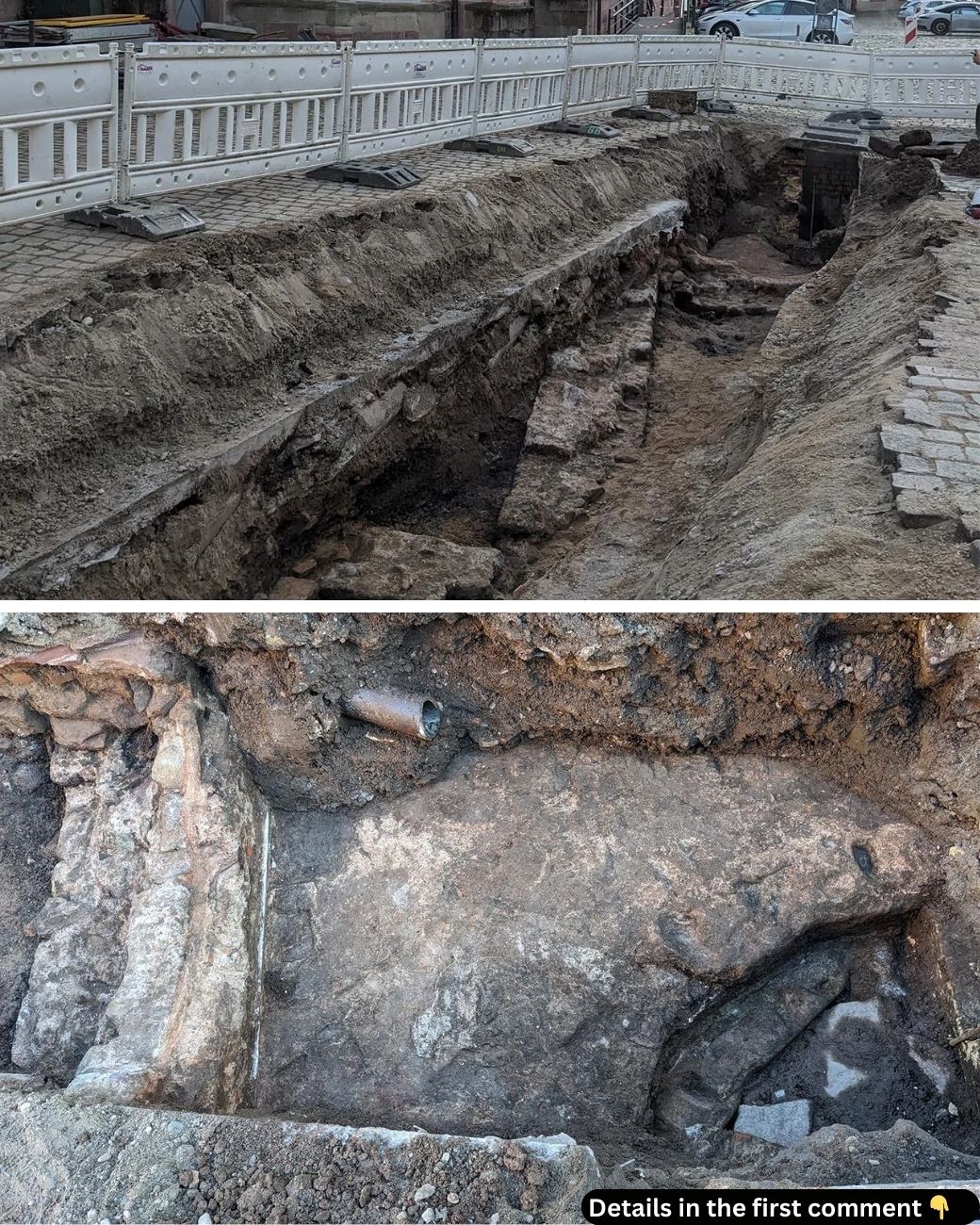The city of Baden-Baden, nestled in the scenic foothills of the Black Forest in Germany, is known for its stunning Roman heritage, with the Roman Imperial Baths (Kaiserthermen) standing out as a monumental testament to the engineering prowess of ancient Rome. After more than 180 years, the baths have finally been the subject of a thorough and modern excavation, offering us a rare glimpse into the grandeur and technological achievements of the Roman Empire. This rediscovery is shedding light on the complex construction and preservation of this bathing complex, which dates back to the late 1st century CE.
A Glimpse into Antiquity: The Roman Baths of Aurelia Aquensis
The Roman baths of Baden-Baden, known in antiquity as Aurelia Aquensis after Emperor Marcus Aurelius Severus Alexander Augustus, are one of the most significant Roman structures discovered in Germany. These baths were not just a place for relaxation, but an essential part of Roman culture, where citizens came together for bathing, socializing, and even conducting business. Strategically built on the hot springs of Florentinerberg, these baths represented the first known use of geothermal waters in the region. This remarkable feat of Roman engineering allowed bathers to enjoy the natural benefits of hot spring water, further enhancing the luxurious experience of the baths.
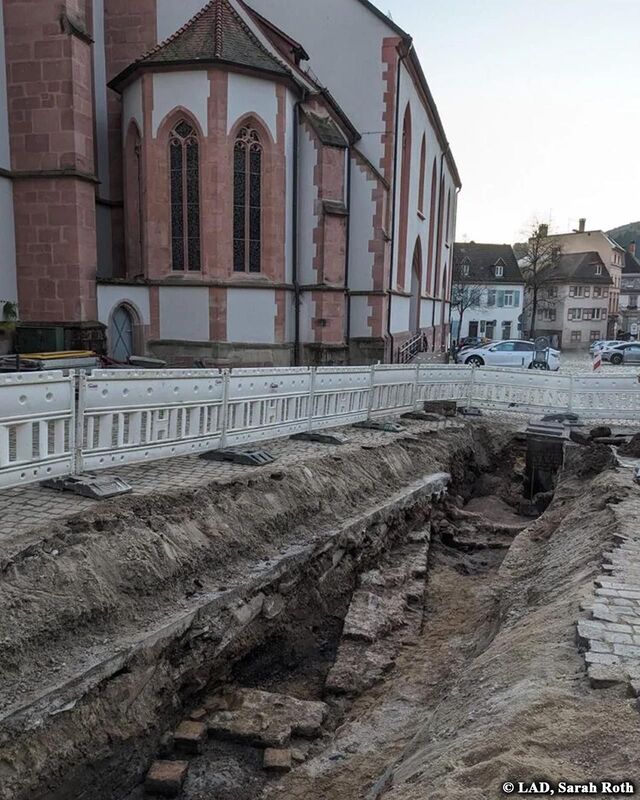
The baths were among the largest bathing complexes in the Baden-Württemberg region, showcasing the Romans’ advanced understanding of architecture, water engineering, and public infrastructure. The Aurelia Aquensis complex symbolized the empire’s commitment to public well-being and was one of the key places where the social life of ancient Baden-Baden took place. Despite being discovered in the mid-19th century, the baths have not been thoroughly examined until now, and this new excavation has provided unprecedented insights into their grandeur and design.
Video
Check out the video to learn how Roman baths worked – it’s a fascinating look into ancient hygiene!
Uncovering Layers of History: Findings from the Excavation
The recent excavation, made possible by necessary sewer renovations, uncovered significant portions of the baths, revealing Roman-era walls just one meter below the modern ground level. Many of these walls had not been documented in previous studies, making the new findings particularly valuable. One of the most intriguing discoveries was the presence of hypocaust bricks, which were integral to the ancient underfloor heating system used in the baths. This system, known as hypocaust, was an innovative Roman invention that allowed for the heating of floors and walls through a network of hot air and steam. The hypocaust system is a testament to the Romans’ remarkable understanding of heating technology and their commitment to ensuring comfort within public buildings like these baths.
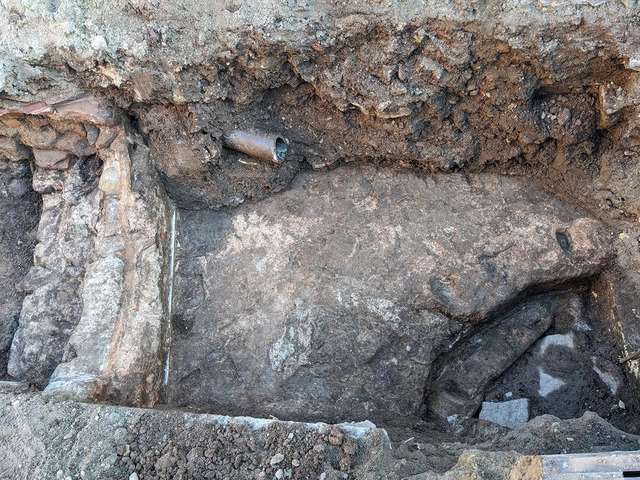
The team of archaeologists also found screed layers in the area where the largest known room of the baths once stood. These layers were once part of the luxurious marble cladding that adorned the walls and floors of the bathing complex. The screed provided a foundation for the marble tiles and reflected the opulence of Roman bathing culture. Perhaps the most exciting discovery was the three well-preserved steps that led into a bathing pool. These steps offer a tangible connection to the experiences of bathers who visited the complex nearly 2,000 years ago. These physical remnants bring history to life, offering a direct and intimate link to the past.
The archaeological team uncovered a wealth of information about the layout and function of the baths, but they also highlighted the significant damage caused by modern developments. The construction of tunnels in the late 19th century and the installation of modern canals and pipes over the years have damaged much of the original structure. Despite these challenges, the excavation remains the most extensive and detailed study of the site in over half a century.
A Site Scarred by Modern Development
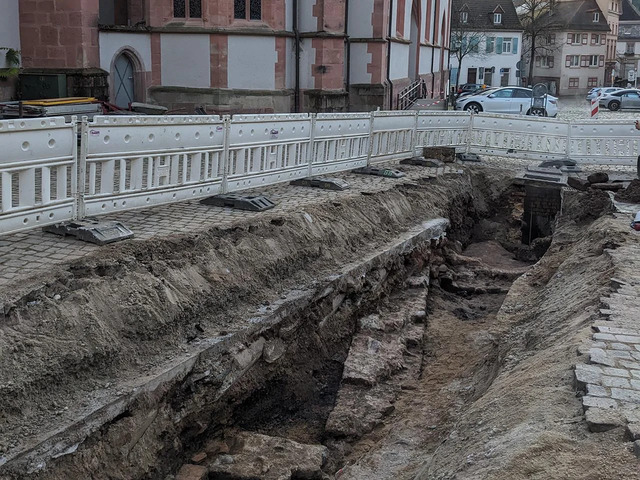
As with many ancient sites, the Roman Imperial Baths have suffered considerable damage from modern infrastructure developments. The late 19th-century construction of a branched tunnel system and the more recent installation of water and sewage pipes have caused significant harm to the structural integrity of the baths. The archaeologists noted that these modern interventions had reduced the baths’ overall preservation, but the new excavation efforts have revealed much about the complex’s original grandeur.
Sarah Roth, an archaeologist from the State Office for Monument Preservation (LAD), explained the challenges faced during the excavation: “The construction of a branched tunnel system in the late 19th century and the laying of canals and pipes in recent decades repeatedly damaged and reduced the structural substance of the Baths under the marketplace.” This is a stark reminder of the delicate balance between preserving historical sites and the pressures of modern development. However, despite these difficulties, the excavation has provided a remarkable glimpse into the past.
Modern Archaeological Techniques: CT Scans and Advanced Documentation
This excavation stands as a milestone not only for its findings but also for the cutting-edge archaeological techniques employed. The study marks the first time modern archaeological documentation methods were used to uncover the remains of the Roman baths in such detail. Using advanced imaging and scanning technology, the team was able to create detailed digital models of the site, documenting the ruins in a way that hadn’t been done since the site was first uncovered in the 19th century. These tools have helped preserve the site’s integrity and allowed for a much more thorough understanding of the layout and construction techniques of the baths.
For the first time since 1849, some areas of the baths were uncovered under archaeological supervision, shedding new light on the preservation and structure of this ancient site. The use of 3D imaging and CT scans helped the team to understand the complex architectural and engineering feats involved in the construction of the baths, offering new insights into Roman engineering practices that have inspired civilizations for centuries.
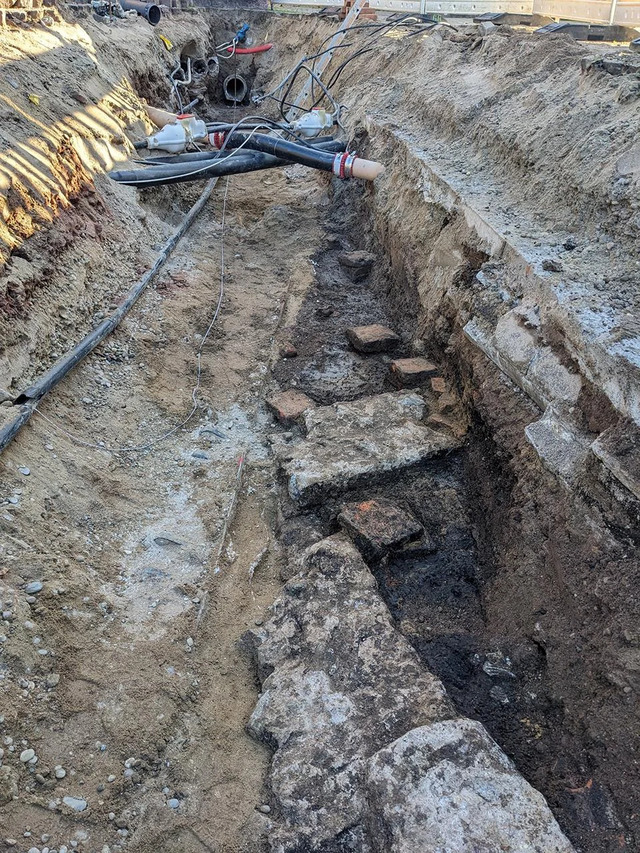
A UNESCO World Heritage Treasure
The Roman Imperial Baths in Baden-Baden were recognized as a UNESCO World Heritage site in 2021, a testament to their cultural and historical significance. This recognition highlights the baths as not just an archaeological site but as an essential piece of world heritage. The latest research and excavation work further emphasize the importance of preserving this treasure, as the Roman baths provide invaluable insight into Roman engineering, architecture, and daily life.
Since the Roman Empire’s influence spread across Europe, many of its structures have been lost or damaged beyond recognition. However, the Roman baths in Baden-Baden, with their remarkable preservation, continue to stand as a testament to the sophistication of Roman public life and their innovative use of geothermal resources. The baths are a direct link to the past, offering an intimate glimpse into Roman society and the way they cared for their citizens’ well-being.
Future Research and Excavation: Continuing the Study of Roman Baths
The recent excavation at the Roman Imperial Baths is just the beginning of a renewed interest in understanding the full extent of this ancient site. Researchers plan to continue their studies and excavations at the site, uncovering more about the baths’ layout, function, and significance. By employing the latest technology, archaeologists will continue to explore areas that were previously inaccessible, with hopes of discovering new details about the baths and the Roman culture that built them.
Further excavations and studies will also help to answer lingering questions about the relationship between the baths and the surrounding community. How were the baths integrated into the daily lives of Roman citizens? What role did they play in the social and political life of ancient Baden-Baden? These are just some of the many questions that researchers hope to explore in future studies.
Video
Watch the video to see what ancient Rome looked like through cinematic animation – a stunning visual journey!
Conclusion: A Lasting Legacy of Roman Engineering
The rediscovery of the Roman Imperial Baths in Baden-Baden has offered new insights into the grandeur and complexity of Roman engineering. The excavation has revealed the remarkable extent of Roman ingenuity in public infrastructure, showing us how the Romans blended comfort, technology, and luxury. As modern research continues to uncover the secrets of this ancient site, the Roman baths will remain a symbol of Roman cultural achievement—a lasting legacy of one of the greatest empires the world has ever known. With the help of modern archaeology, we can now appreciate the full extent of Roman innovation and the way they shaped the cities and lives of those who came after them.
